Hyperconjugation is defined as No bond resonance. The concept of hyperconjugation arose from the discovery of electron releasing pattern for alkyl groups. It involves σ electrons of C-H bond. Greater the number of C-H bond (α-hydrogen atom w.r.t. double bond) more will be hyperconjugative structures, more will be stability Heat of hydrogenation of alkene are affected by hyperconjugative effects.
Which of the following is incorrect hyperconjugative structure?

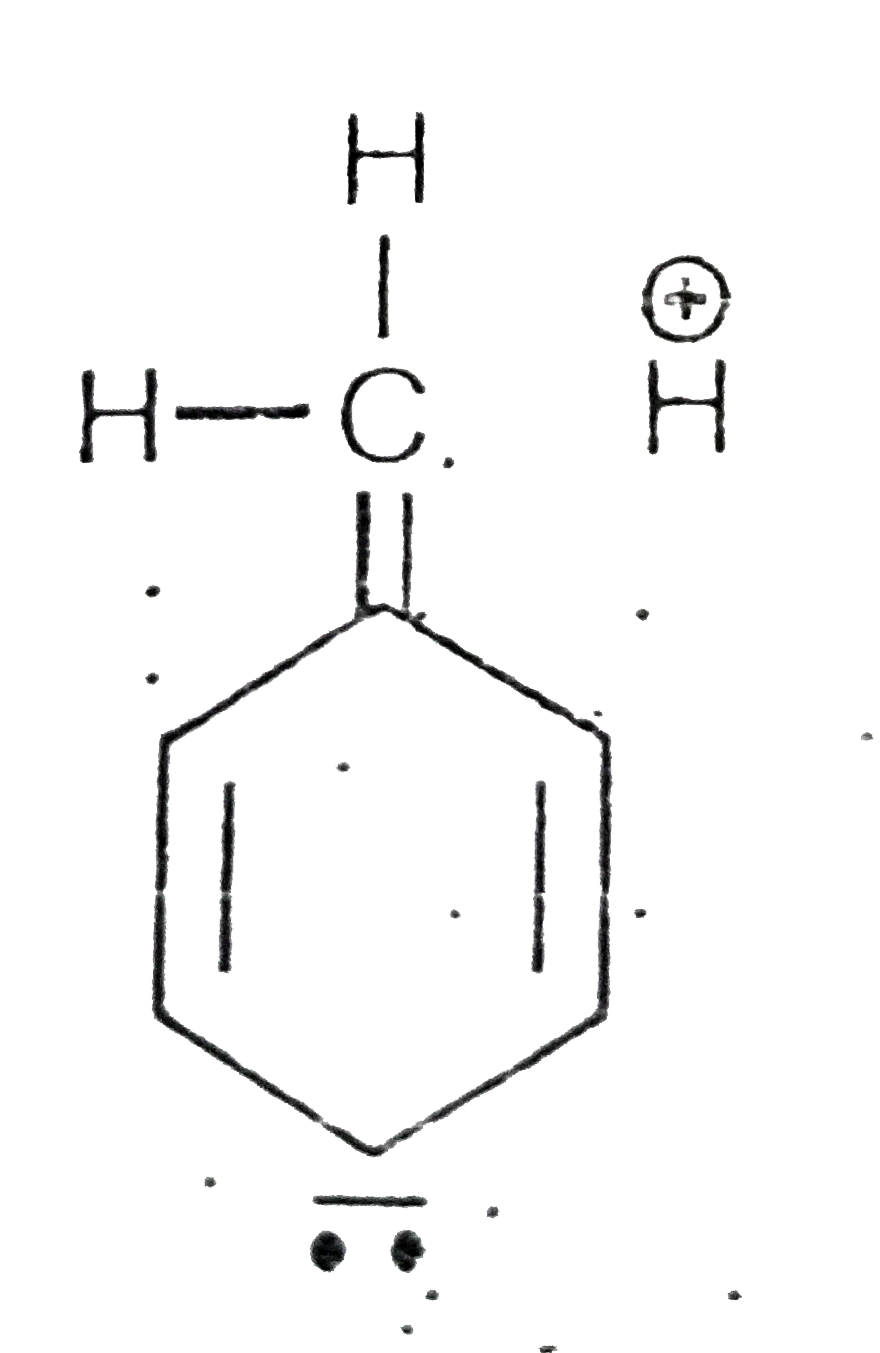
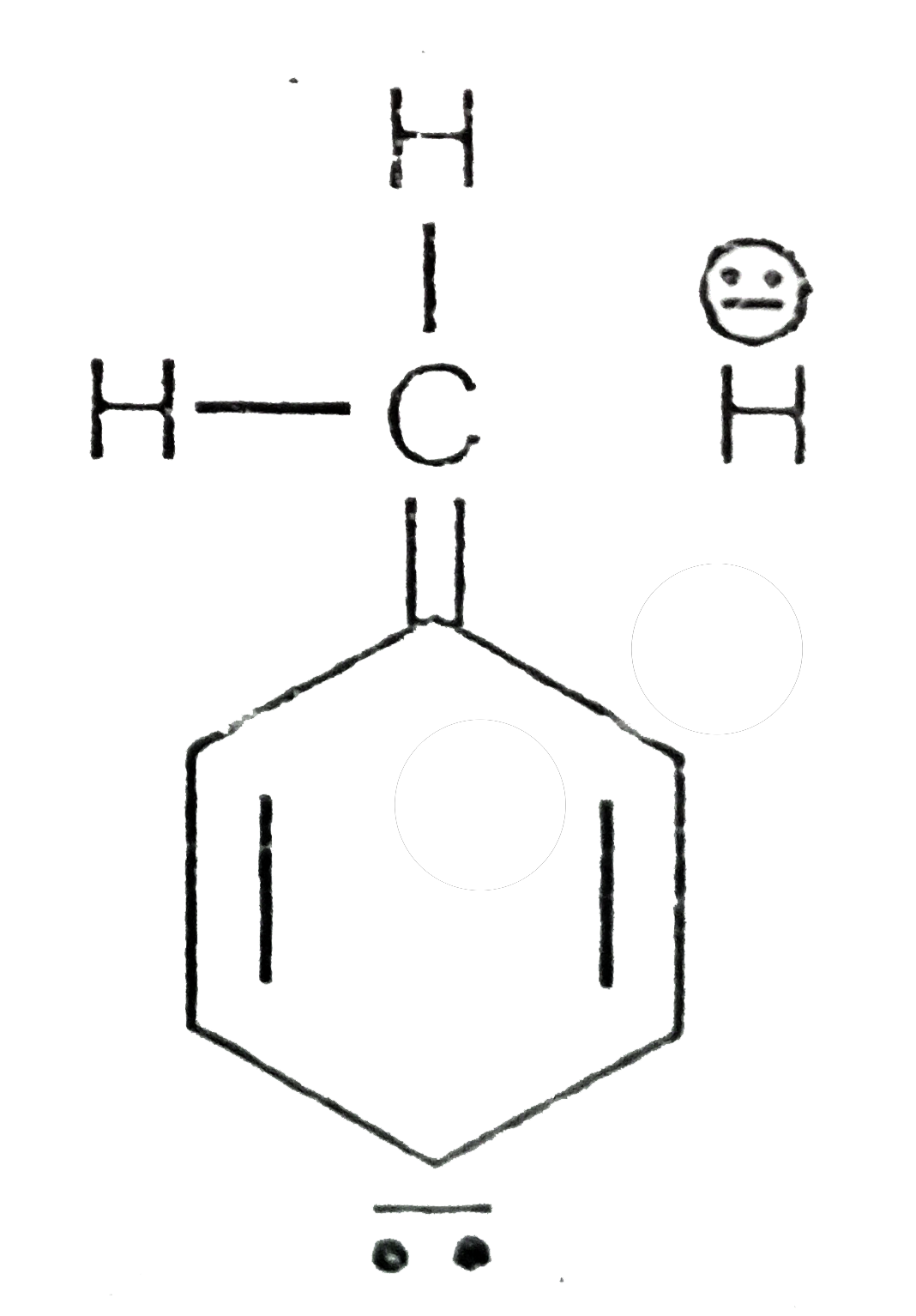
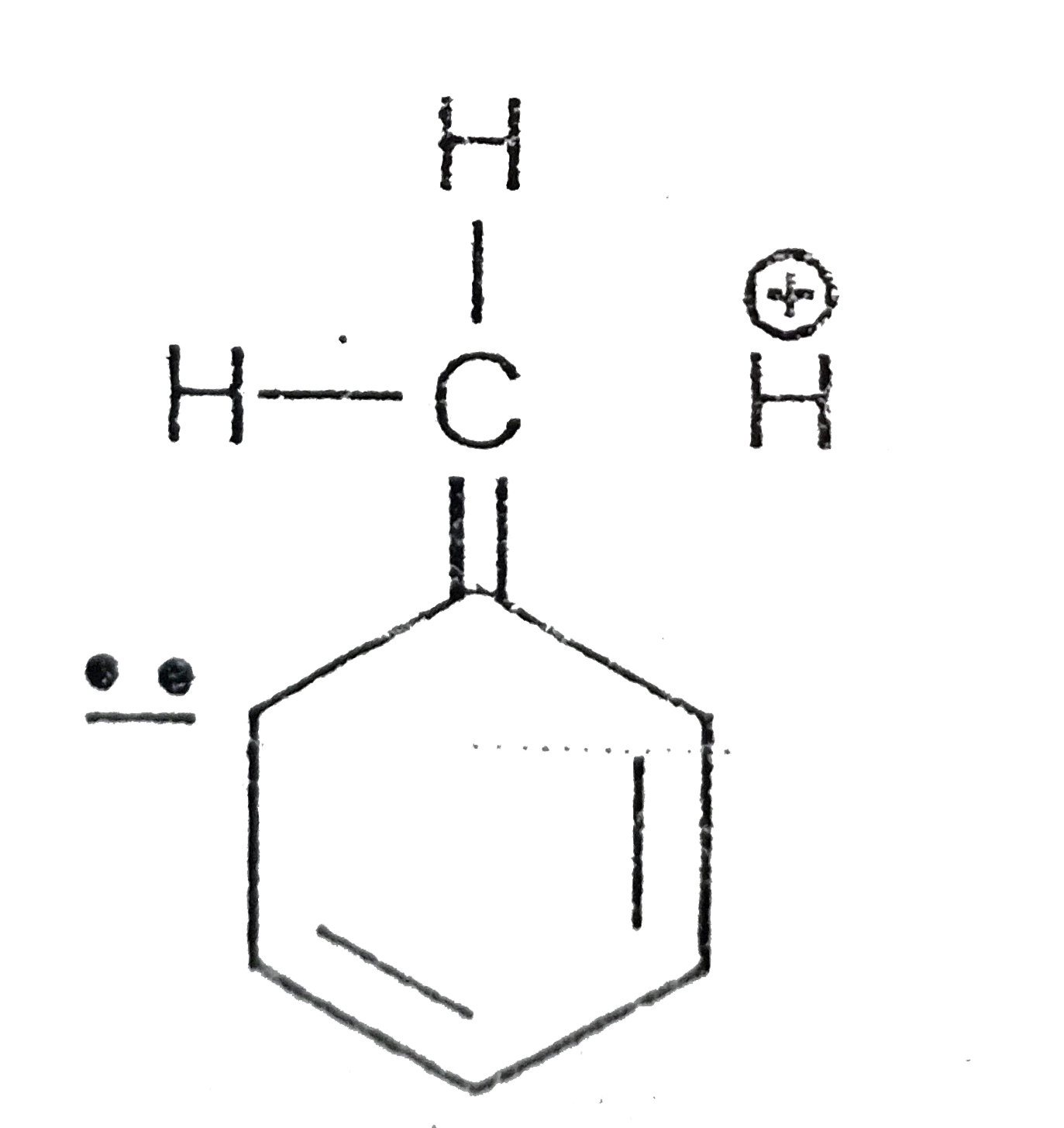
The correct Answer is:C
Step by step video, text & image solution for Hyperconjugation is defined as No bond resonance. The concept of hyperconjugation arose from the discovery of electron releasing pattern for alkyl groups. It involves sigma electrons of C-H bond. Greater the number of C-H bond (alpha-hydrogen atom w.r.t. double bond) more will be hyperconjugative structures, more will be stability Heat of hydrogenation of alkene are affected by hyperconjugative effects. Which of the following is incorrect hyperconjugative structure? by Chemistry experts to help you in doubts & scoring excellent marks in Class 12 exams.
Updated on:21/07/2023Topper's Solved these Questions
- ORGANIC CHEMISTRY: SOME BASIC PRINCIPLE AND TECHNIQUESBook:AAKASH INSTITUTEChapter:ORGANIC CHEMISTRY: SOME BASIC PRINCIPLE AND TECHNIQUESExercise:SECTION-E ASSERTION-REASON TYPE QUESTIONS
Explore 13 Videos
- ORGANIC CHEMISTRY: SOME BASIC PRINCIPLE AND TECHNIQUESBook:AAKASH INSTITUTEChapter:ORGANIC CHEMISTRY: SOME BASIC PRINCIPLE AND TECHNIQUESExercise:SECTION-G INTEGER ANSWER TYPE QUESTIONS
Explore 8 Videos
- ORGANIC CHEMISTRY: SOME BASIC PRINCIPLE AND TECHNIQUESBook:AAKASH INSTITUTEChapter:ORGANIC CHEMISTRY: SOME BASIC PRINCIPLE AND TECHNIQUESExercise:SECTION-C OBJECTIVE TYPE QUESTION (MORE THAN ONE OPTIONS ARE CORRECT)
Explore 18 Videos
- ORGANIC CHEMISTRY : SOME BASIC PRINCIPLES AND TECHNIQUES Book:AAKASH INSTITUTEChapter:ORGANIC CHEMISTRY : SOME BASIC PRINCIPLES AND TECHNIQUES Exercise:Assignment(Section-D)(Assertion - Reason Type Questions)
Explore 12 Videos
- POLYMERSBook:AAKASH INSTITUTEChapter:POLYMERSExercise:ASSIGNMENT (SECTION-D)
Explore 13 Videos
Similar Questions
Hyperconjugation describes the orbital interactions between the π-system and the adjacent σ-bond of the substituent group(s) in organic compounds. Hyperconjugation is called as Baker and Nathan effect. The necessary and sufficient conditions for the hyperconjugation are:
(i) Compound should have at least one sp2-hybrid carbon of either alkene, carbocation or alkyl free radical.
(ii) α-carbon with respect to sp2 -hybrid carbon should have at least one hydrogen.
Hyperconjugation are of three types:
(i) σ(C−H),π-conjugation,
(ii) σ(C−H), positive charge conjugation,
(iii) σ(C−H), odd electron conjugation.
The hyperconjugation may be represented as,


Number of resonating structures due to hyperconjugation =(n+1), where n is the numebr of α-hydrogen. Greater is the number of such forms, more is the stability of the species under consideration.
Which of the following carbocations will show highest number of hyperconjugative forms?
View SolutionThe total number of contributing structures showing hyperconjugation (involving C−H bonds) for the following carbocation is:
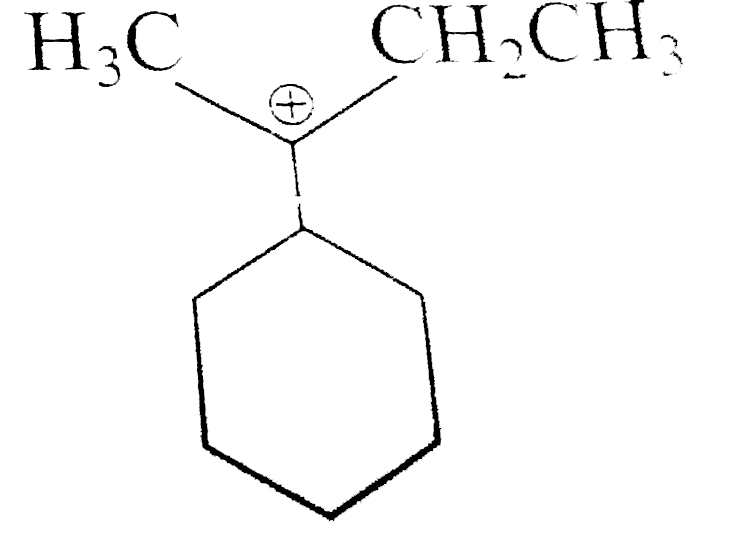
View Solution
Knowledge Check
Hyperconjugation is defined as No bond resonance. The concept of hyperconjugation arose from the discovery of electron releasing pattern for alkyl groups. It involves σ electrons of C-H bond. Greater the number of C-H bond (α-hydrogen atom w.r.t. double bond) more will be hyperconjugative structures, more will be stability Heat of hydrogenation of alkene are affected by hyperconjugative effects.
Which of the following has highest heat of hydrogenation?A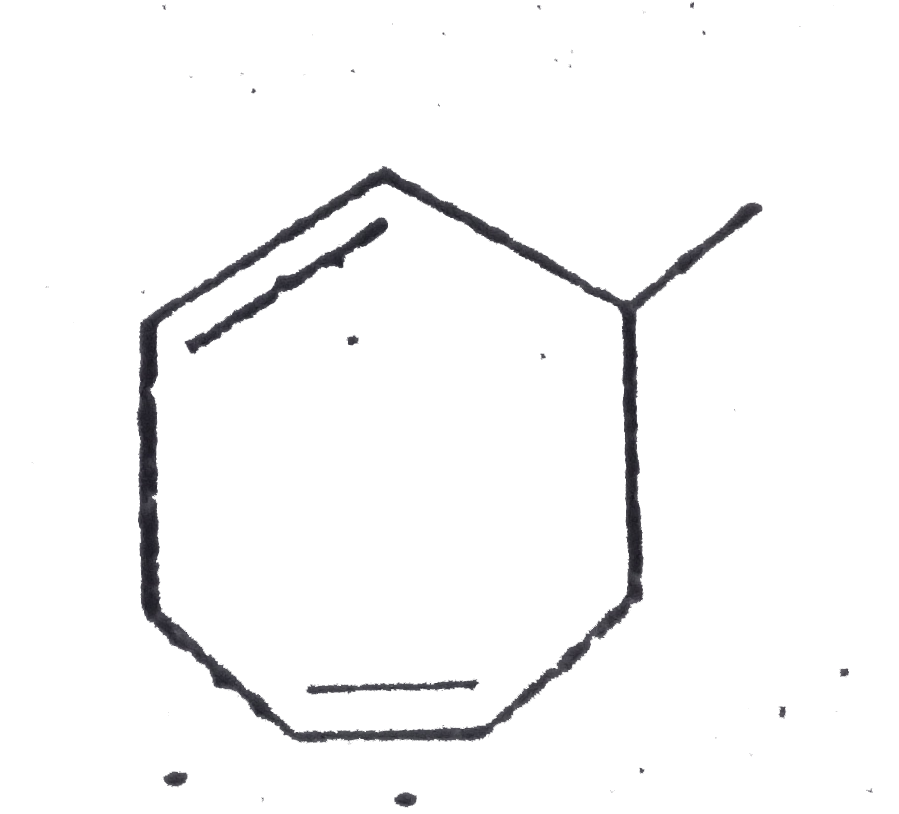 B
B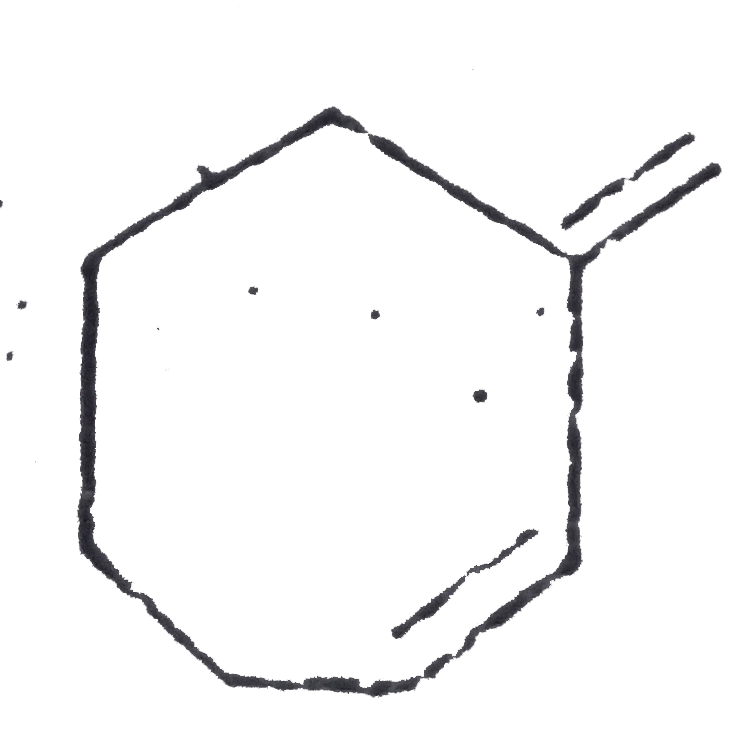 C
C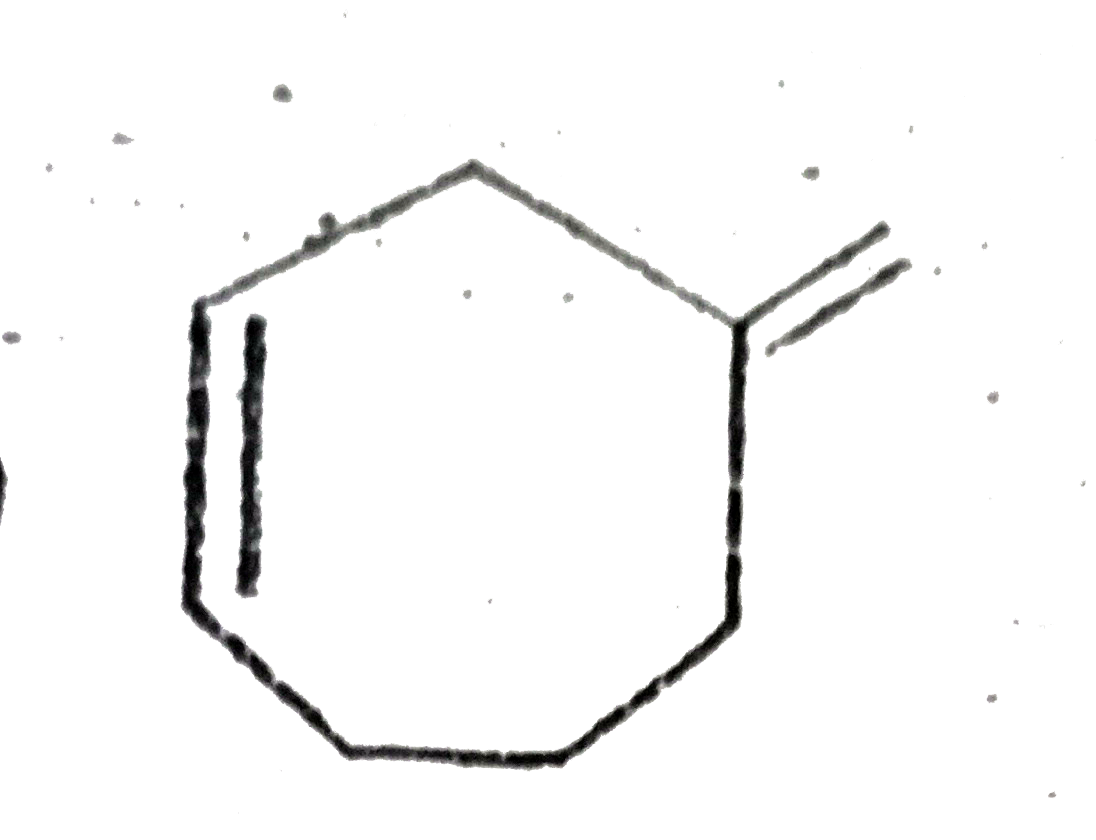 D
D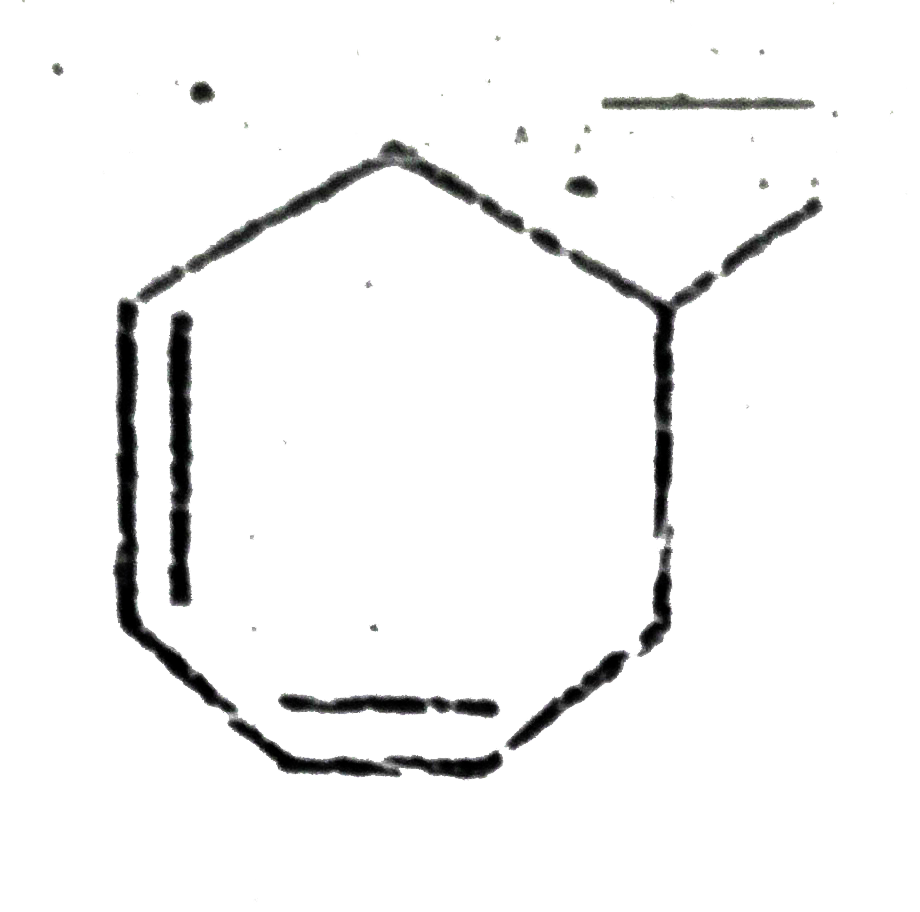
Assertion. Propene is more reactive than ethene towards electrophilic addition reactions
Reason. Hyperconjugation effect of the CH3 group increases the electron density in the double bondAIf both assertion and reason are true, and reason is the true explanation of the assertion.BIf both assertion and reason are true, but reason is not the true explanation of the assertion.CIf assertion is true, but reason is false.DIf both assertion and reason are false
Hyperconjugation describes the orbital interactions between the π-system and the adjacent σ-bond of the substituent group(s) in organic compounds. Hyperconjugation is called as Baker and Nathan effect. The necessary and sufficient conditions for the hyperconjugation are:
(i) Compound should have at least one sp2-hybrid carbon of either alkene, carbocation or alkyl free radical.
(ii) α-carbon with respect to sp2 -hybrid carbon should have at least one hydrogen.
Hyperconjugation are of three types:
(i) σ(C−H),π-conjugation,
(ii) σ(C−H), positive charge conjugation,
(iii) σ(C−H), odd electron conjugation.
The hyperconjugation may be represented as,


Number of resonating structures due to hyperconjugation =(n+1), where n is the numebr of α-hydrogen. Greater is the number of such forms, more is the stability of the species under consideration.
Which of the following alkenes will show maximum number of hyperconjugation forms?
View SolutionHyperconjugation describes the orbital interactions between the π-system and the adjacent σ-bond of the substituent group(s) in organic compounds. Hyperconjugation is called as Baker and Nathan effect. The necessary and sufficient conditions for the hyperconjugation are:
(i) Compound should have at least one sp2-hybrid carbon of either alkene, carbocation or alkyl free radical.
(ii) α-carbon with respect to sp2 -hybrid carbon should have at least one hydrogen.
Hyperconjugation are of three types:
(i) σ(C−H),π-conjugation,
(ii) σ(C−H), positive charge conjugation,
(iii) σ(C−H), odd electron conjugation.
The hyperconjugation may be represented as,


Number of resonating structures due to hyperconjugation =(n+1), where n is the numebr of α-hydrogen. Greater is the number of such forms, more is the stability of the species under consideration.
Which of the following free redicals will not show the phenomena of hyperconjugation?
View SolutionHyperconjugation describes the orbital interactions between the π-system and the adjacent σ-bond of the substituent group(s) in organic compounds. Hyperconjugation is called as Baker and Nathan effect. The necessary and sufficient conditions for the hyperconjugation are:
(i) Compound should have at least one sp2-hybrid carbon of either alkene, carbocation or alkyl free radical.
(ii) α-carbon with respect to sp2 -hybrid carbon should have at least one hydrogen.
Hyperconjugation are of three types:
(i) σ(C−H),π-conjugation,
(ii) σ(C−H), positive charge conjugation,
(iii) σ(C−H), odd electron conjugation.
The hyperconjugation may be represented as,


Number of resonating structures due to hyperconjugation =(n+1), where n is the numebr of α-hydrogen. Greater is the number of such forms, more is the stability of the species under consideration.
Hyperconjugation is possible in which of the following species?
View SolutionThe total number of contributing structures showing hyperconjugation (involving C−H bonds) for the following carbocation is:

View SolutionThe total number of contributing structures showing hyperconjugation (involving C−H bonds) for the following carbocation is
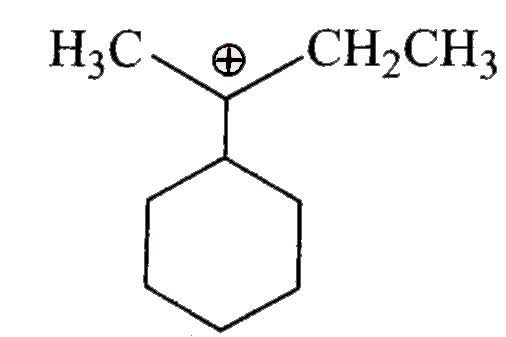
View SolutionA) Propene is more reactive than ethene towards electrophilic addition reactions.
R) Electron density of double bond increases due to hyperconjugation of methyl group.
View Solution